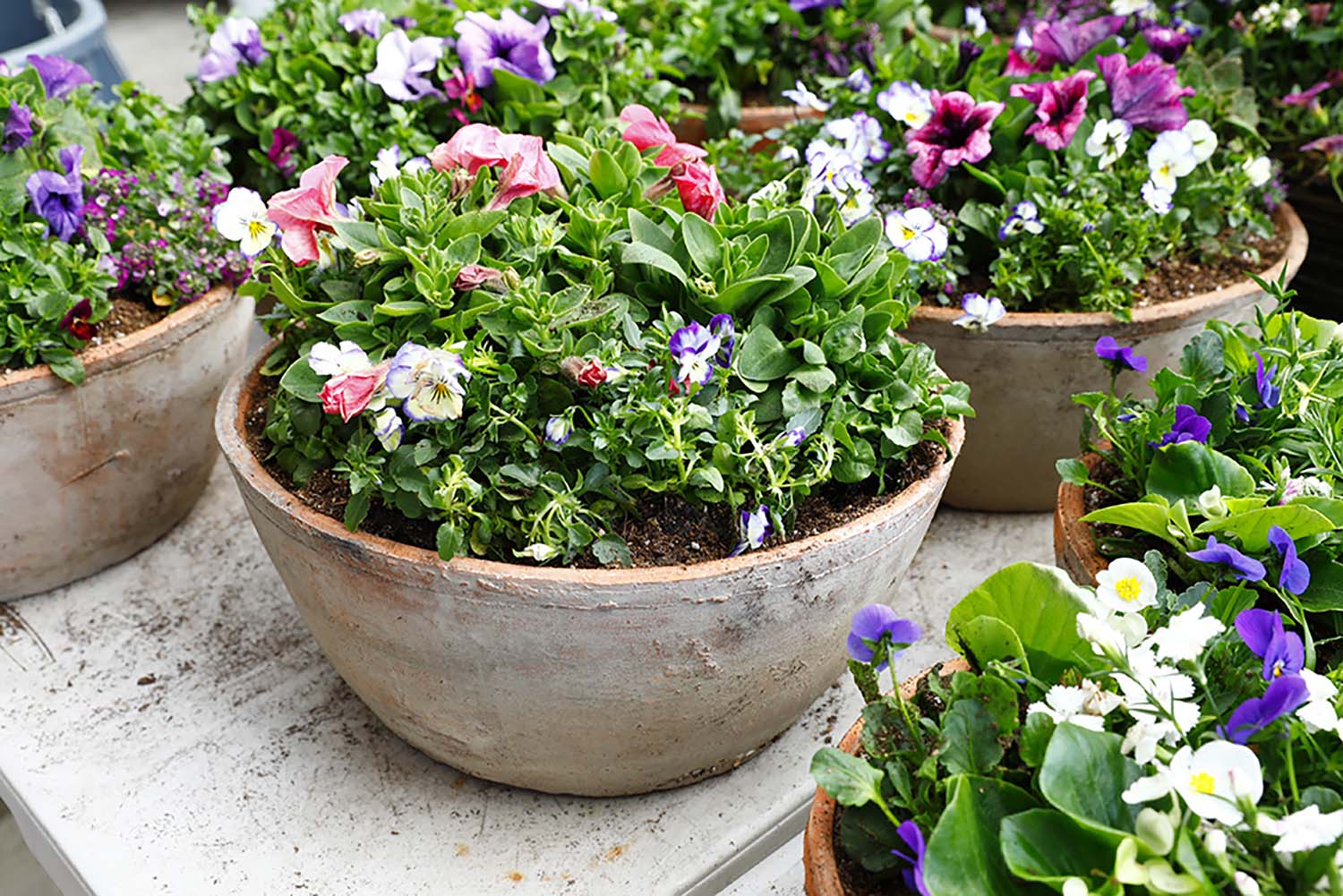How to Design a Spring Outdoor Container Garden in Southern California

Spring in Southern California is a gardener's delight, offering mild temperatures and ample sunshine. It's the perfect time to create a vibrant outdoor container garden that adds color and life to your space. Whether you have a sprawling backyard or a cozy balcony, container gardening is a versatile way to bring nature closer to home. Here's a step-by-step guide to designing a stunning spring outdoor container garden in Southern California.
1. Choose the Right Containers
Select containers that complement your outdoor decor and are suitable for the plants you want to grow. Consider size, material, and drainage. Terra cotta pots are classic and breathable, while plastic or resin pots are lightweight and retain moisture well. Ensure each container has drainage holes to prevent waterlogging.
2. Select the Right Plants
Southern California's spring climate is ideal for a variety of plants. For a colorful display, choose a mix of annuals like petunias, marigolds, and pansies. Incorporate perennials such as lavender, sage, and succulents for year-round interest. Edibles like herbs, lettuce, and strawberries can also thrive in containers.
3. Consider Plant Placement
When arranging your plants, consider their height, spread, and growth habits. Think Thriller, Filler and Spiller. Place taller plants in the center or at the back of the container – Thriller plants, medium-sized plants around them–Filler plants, and trailing plants at the edges- Spiller plants. This creates a balanced and visually appealing display.
4. Use Quality Potting Mix
Fill your containers with a high-quality potting mix designed for container gardening. Avoid using garden soil, as it can be too heavy and may contain pests or diseases. A good potting mix will provide the right balance of drainage and moisture retention.
5. Plant with Care
When planting, gently remove each plant from its nursery pot and loosen any tightly bound roots. Plant each one at the same depth it was growing in its original container. Space them according to their mature size to give them room to grow.
6. Water Wisely
Container plants often require more frequent watering than those in the ground. Check the soil moisture regularly and water when the top inch feels dry. Avoid wetting the foliage, as this can lead to fungal diseases. Consider using a drip irrigation system or self-watering pots for consistent moisture.
7. Feed Your Plants
Container plants also need regular feeding since they can't draw nutrients from the surrounding soil. Use a balanced, slow-release fertilizer, Down To Earth or a liquid feed every few weeks to keep your plants healthy and blooming.
8. Refresh and Rotate
As the season progresses, some plants may start to fade or outgrow their space. Don't hesitate to replace them with fresh plants or rotate your containers to keep the display looking its best.
9. Add Personal Touches
Accessorize your container garden with decorative elements like garden stakes, fairy lights, or ornamental rocks. These small touches can add personality and charm to your outdoor space.

10. Enjoy Your Garden
Take time to enjoy the fruits of your labor. Sit back, relax, and soak in the beauty of your spring container garden. It's not only a feast for the eyes but also a sanctuary for the soul.
Designing a spring outdoor container garden in Southern California is a rewarding endeavor that brings beauty and nature to your doorstep. By following these steps and adding your personal touch, you can create a stunning garden that thrives in the region's unique climate.
Happy gardening!